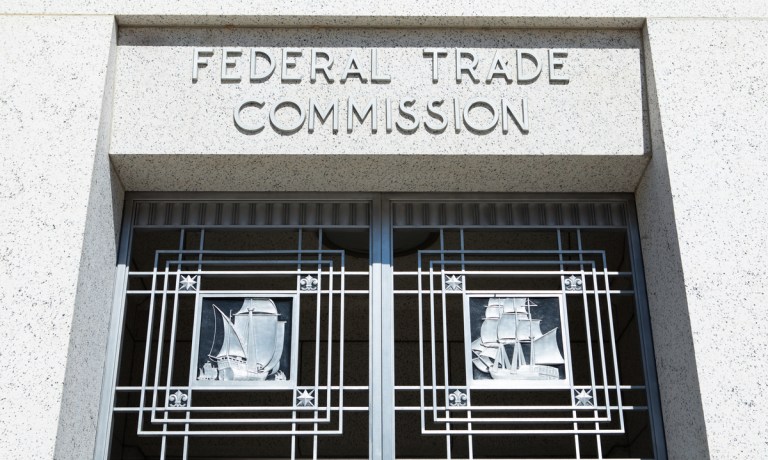FTC: Cross-Border Fraud Cost Consumers $5.2 Billion

A new report by the Federal Trade Commission (FTC) shows the extent of the problem of cross-border fraud.
Since the FTC began monitoring complaints on the issue in 1996, it has received more than 2.6 million consumer reports of cross-border fraud, the agency said in a report issued to Congress Friday (Oct. 20).
And in just the last eight years, consumers reported 1.4 million incidents of cross-border fraud and upward of $5.2 billion in losses. In that same time frame — January 1, 2015 to June 30 of this year — American consumers alone reported close to 500,000 cross-border fraud incidents and almost $2.5 billion in losses.
“These figures, already staggering, almost certainly understate the true amount of cross-border fraud that consumers face,” the report said. “Only a small percentage of consumers who encounter fraud file complaints, and the cross-border aspects of many frauds are not always apparent to the consumers themselves.”
The FTC is asking Congress to renew the 2006 SAFE WEB legislation that it says helps protect consumers against fraud.
Last month, the commission announced it was working with consumer protection authorities from Chile, Colombia, Mexico and Peru to battle cross-border fraud.
Maria Coppola, director of the FTC’s Office of International Affairs, said in a news release that the partners have a shared commitment to protect consumers from cross-border fraud, deception and illegal practices.
In a separate report Friday, the FTC discussed its work to fight ransomware and other cyber attacks, saying that one of the main ways it has done this is “by implementing a robust data security enforcement program aimed at ensuring companies take appropriate steps to protect personal data they hold from such attacks.”
PYMNTS examined the ways fraud is changing recently in an interview with Michael Jabbara, vice president and global head of fraud services at Visa. Until recently, he said, cybercrime had been the province of well-organized, well-funded gangs.
“You needed to have a certain amount of technical expertise to craft a malicious code,” he told PYMNTS. “You needed to build your own toolkit.”
Now, however, “there’s been a democratization” of fraud, Jabbara said, as anyone can go onto the Dark Web and find the tools and the tutorials to carry out successful attacks.
To help ward off would-be fraudsters, he said, companies must adopt what he termed “frontline education of the employees who are more often the entry point” of the malicious schemes.